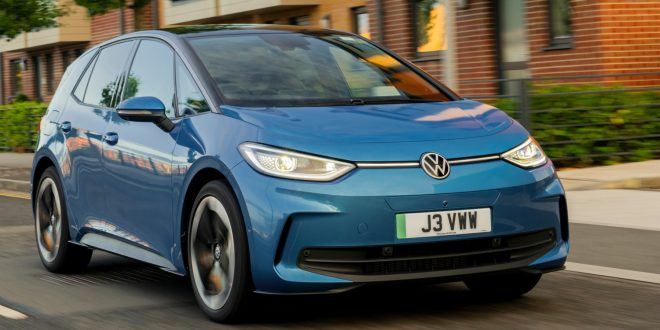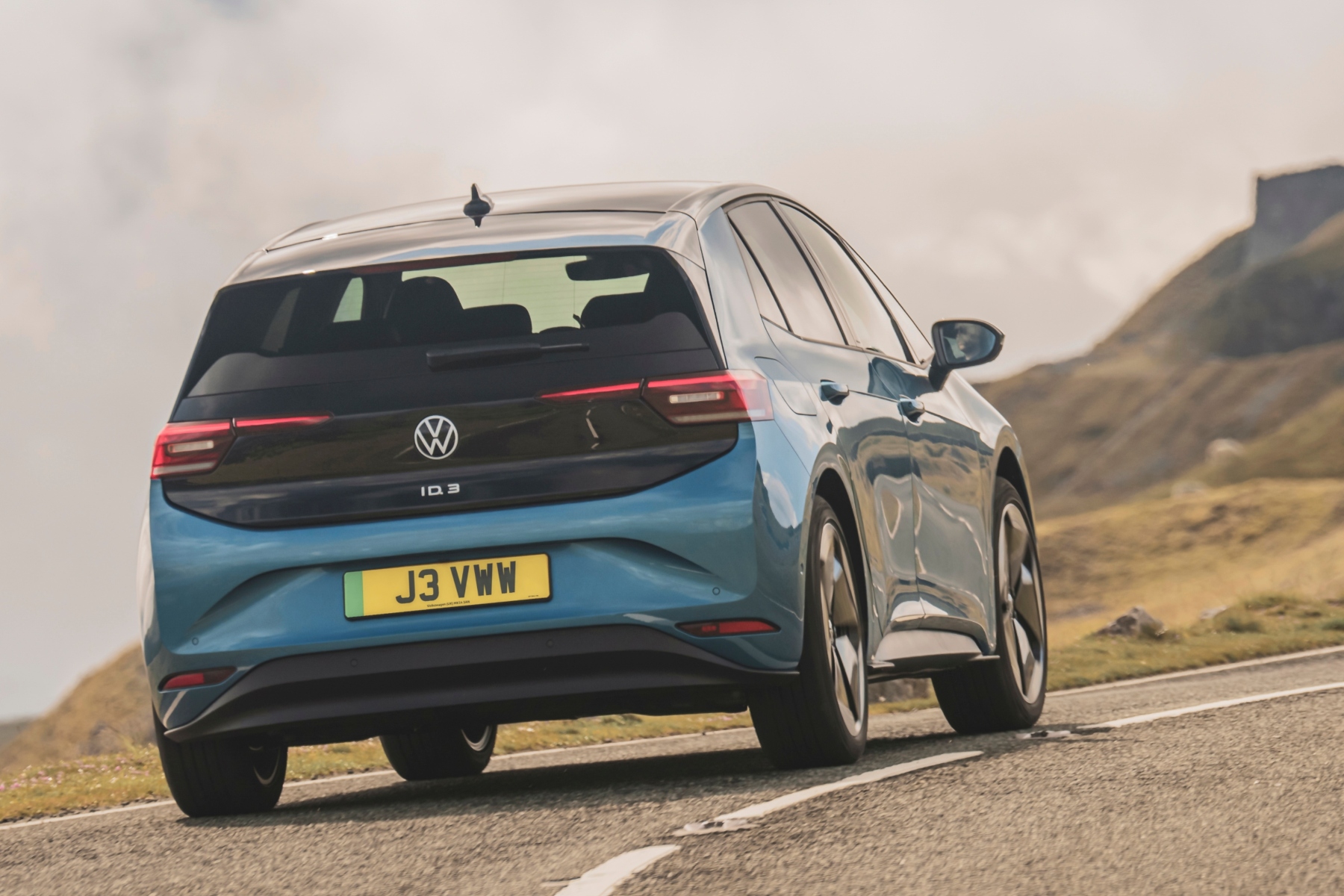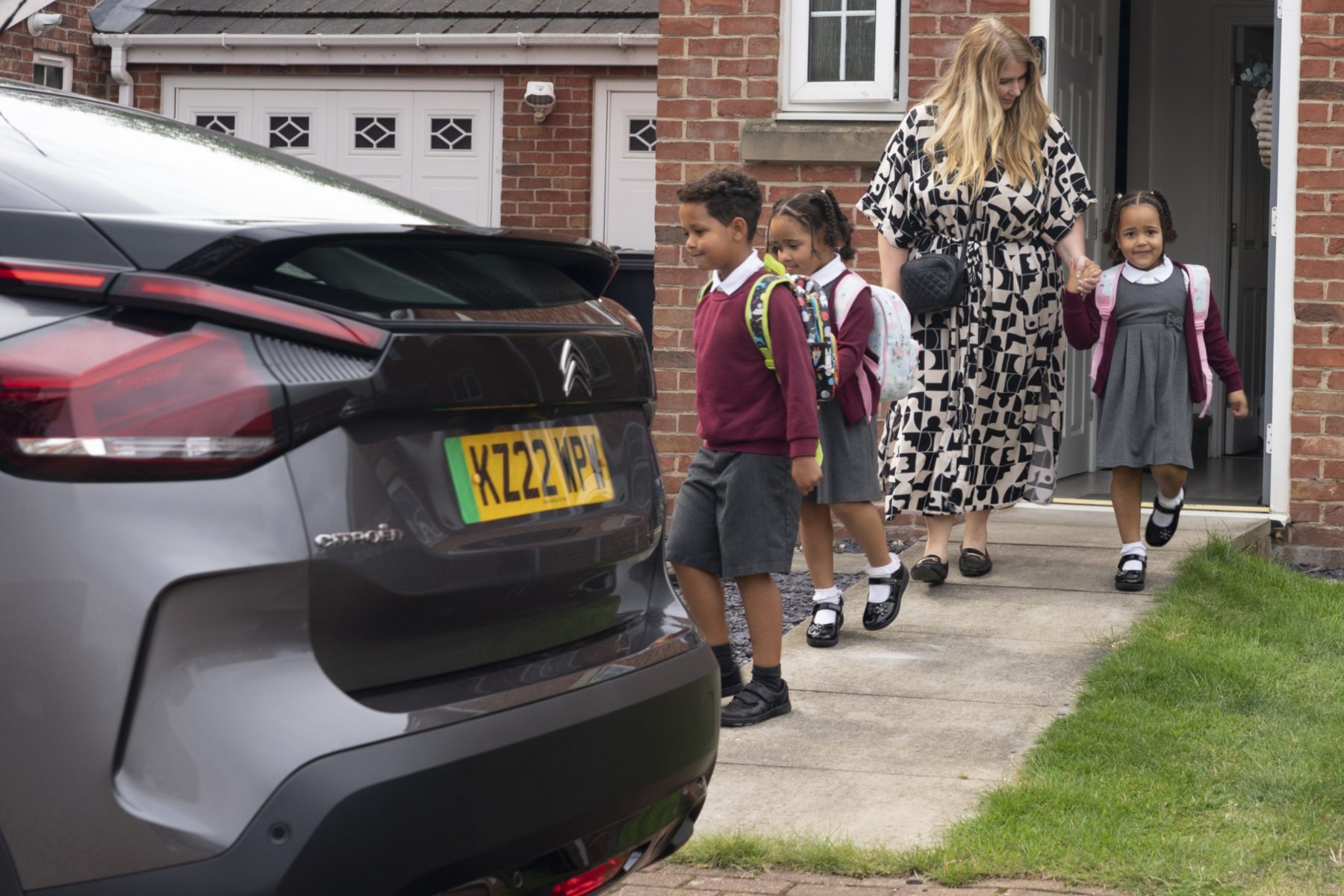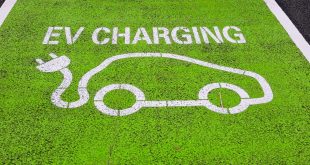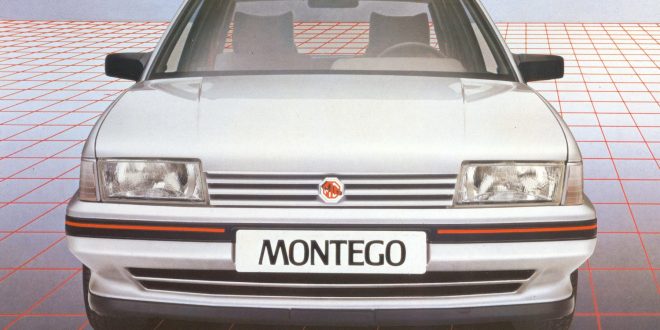Volkswagen’s bestselling EV in the UK has had an update for 2023 – we drive the new, improved ID.3…
The VW ID.3 electric hatchback has been treated to a mild makeover and tech update, despite only being launched in 2020.
Volkswagen has listened to feedback (some of it lukewarm) and acted on it swiftly. The result is a more mature proposition.
Crucially, the changes will also keep the car competitive in the ever-increasing EV family hatch sector, where rivals include the ID.3’s VW Group cousin, the Cupra Born, plus the MG4, Nissan Leaf, Renault Megane E-Tech Electric, Vauxhall Astra Electric and Peugeot e-308.
The ID.3’s exterior styling tweaks are subtle, to say the least. The front now features a longer-looking bonnet as a result of the removal of the black strip beneath the windscreen, plus larger air intakes. The honeycomb effect on the bumper has also gone and LED headlights are now standard.
Badging along the side of the car, plus decals on the rear pillar, have vanished too, resulting in cleaner lines, while the rear light cluster is tweaked and it has a distinctive X-shaped light signature.
The cabin has had an upgrade too. There are now more soft-touch surfaces, while the seat covers and door trims use fabric made of 71% recycled materials.
Finally, the infotainment system (one of the original ID.3’s biggest issues), has improved software and can now be updated over-the-air.
The menu structure is clearer and it seemed slicker and more responsive on our test drives. Even the controversial touch-sensitive sliders at the bottom of the touchscreen and on the steering wheel worked better.
Sadly, UK buyers will have to wait until 2024 for the new, larger 12.9-inch central screen, which benefits from backlit climate and volume controls – one of the big criticisms of the original car.
There’s also a more intelligent route planner for the sat nav (which schedules charging stops more effectively on longer journeys), improved voice control and an impressive augmented reality head-up display which projects directions from the sat nav onto the road ahead.
Mechanically, the rear-wheel drive ID.3 is much the same, so there’s still a choice of two batteries – 58kWh in the Pro and 77kWh in the Pro S, delivering ranges of up to 266 miles and 347 miles respectively.
Priced from £37,115, both develop 204bhp, though the Pro accelerates a tad quicker to 62mph (7.4 vs 7.9 seconds).
Another change is that the ID.3’s charging capacity has been uprated. So, the Pros S can be charged from 5-80% within 30 minutes at speeds of up to 170kW, while the Pro takes 35 minutes with a charging capacity of up to 120kW.
The revised ID.3 is no different to the “first generation” model on the road, which means that it’s competent and assured.
It’s no Golf in the handling department and is unlikely to put a smile on your face like some EVs, but it’s easy to drive and a refined cruiser.
It’s also good in the city with decent all-round visibility, light steering and a tight turning circle of just 10.2 metres.
There’s also plenty of grip and it smoothed out poorer road surfaces well, but it’s not at its happiest when hustled on more demanding roads.
There are three drive modes (Eco, Comfort and Sport), but the reality is that the ID.3 is all about comfort and extracting maximum miles from a charge.
Frankly, there’s not much between the Pro and Pros S, other than range. If anything, the 58kWh Pro S is a tad more nimble, but ultimately, the ID.3 still lacks the driving engagement of some rivals.
So, there aren’t many gripes with the improved ID.3. The brake pedal still has a relatively long travel, which takes a bit of getting used to, and paddles or buttons behind the steering wheel to adjust the brake generation level would be a bonus.
And the ID.3 can’t be faulted when it comes to space inside the cabin where there’s plenty front and rear, while the boot has a healthy 385-litre capacity, rising to 1,267 litres with the back seats flipped down.
It’s safe too, boasting a maximum five stars from Euro NACAP. The ID.3 has all the latest safety and driver assistance systems. And new for 2023 is Travel Assist, which helps keep your vehicle in its lane, keeps its distance from the vehicle in front and maintain your pre-defined speed.
Verdict: The updated Volkswagen ID.3 is a welcome improvement. Safe, spacious, refined and a doddle to drive, it’s a sensible electric hatchback choice with a good range.
